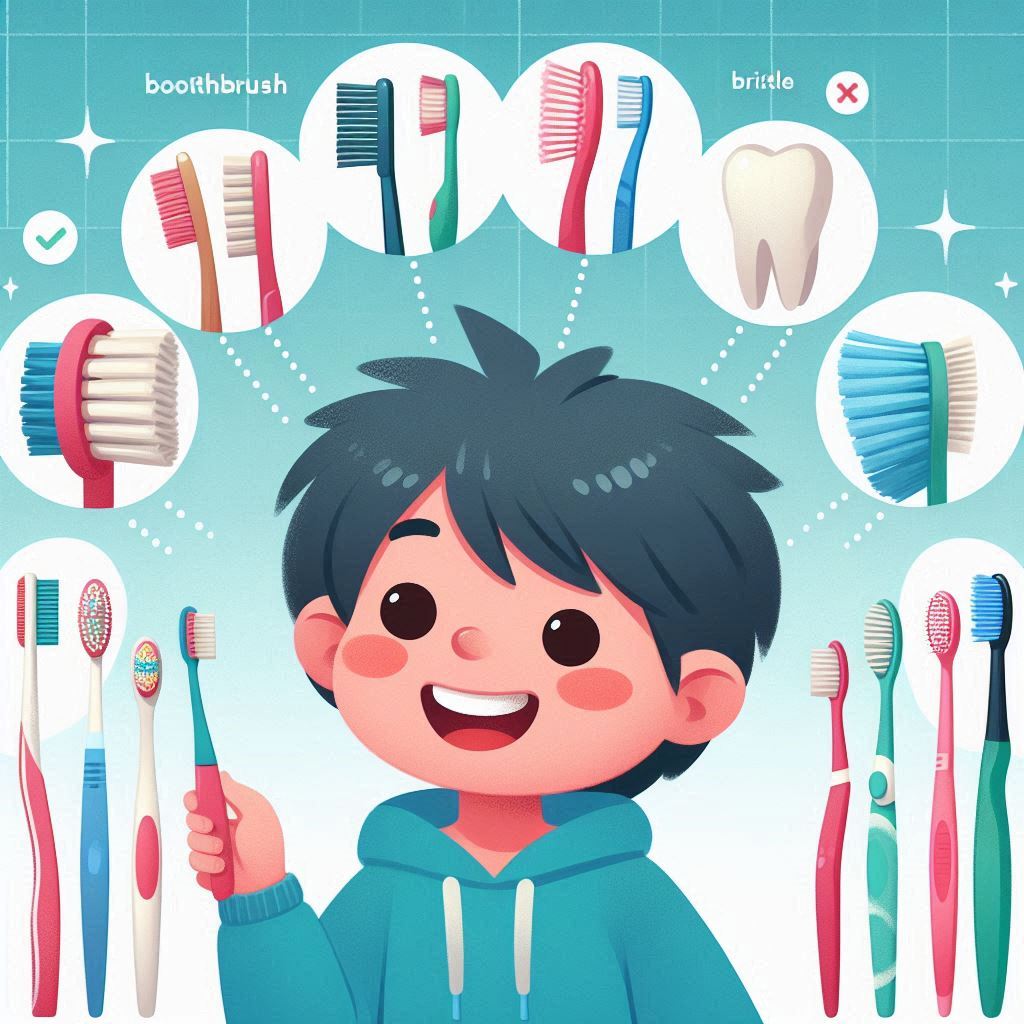How to Choose the Right Toothbrush for Your Teeth
Choosing the right toothbrush is an essential step in maintaining oral health. A good toothbrush helps remove plaque and bacteria from the teeth and gums, contributing to the prevention of cavities and gum diseases. In this article, we will review some factors to consider when choosing the ideal toothbrush.
Type of Bristles
There are two main types of toothbrush bristles: soft and medium. It is recommended to use a toothbrush with soft bristles as they are gentle on the gums and do not cause irritation. Soft bristles are also effective in removing plaque and cleaning the teeth thoroughly. Avoid using toothbrushes with hard bristles as they can cause enamel erosion and gum irritation.
Head Size
The head size of the toothbrush should be appropriate for the size of your mouth. It is recommended to choose a toothbrush with a small or medium-sized head to reach all surfaces of the teeth, including the back teeth. A larger head may make it difficult to reach corners and tight spots in the mouth.
Head Shape
Toothbrushes come in different head shapes, such as rectangular and oval. Oval shapes may be more comfortable to use and can reach more areas in the mouth. Try different shapes and choose the one that suits you and feels comfortable.
Handle Grip
It is important that the toothbrush handle is comfortable and provides good control during brushing. Look for a toothbrush with a non-slip grip and comfortable handle. This will make it easier to control the brush and reach all areas of the mouth.
Electric vs. Manual Toothbrushes
Electric toothbrushes are an excellent option for those seeking more effective cleaning. Electric toothbrushes provide rotating and vibrating motions that help remove plaque more effectively. However, manual toothbrushes can also be effective if used correctly with the proper technique.
Special Needs Toothbrushes
If you have specific oral health issues such as sensitive teeth or gum inflammation, you may need a specialized toothbrush for those needs. There are toothbrushes designed for sensitivity with softer and less abrasive bristles for gentle cleaning. There are also brushes designed to massage and stimulate the gums.
Regular Toothbrush Replacement
Regardless of the type of toothbrush you choose, it is important to replace it regularly. It is recommended to replace your toothbrush every 3-4 months or when the bristles become frayed. Worn-out brushes may not be effective in cleaning the teeth properly and may cause gum irritation.
Consulting Your Dentist
If you are unsure about the type of toothbrush that suits you, you can consult your dentist. The dentist can provide customized advice based on your health condition and specific needs.
In conclusion, choosing the right toothbrush involves considering several factors, from the type of bristles and head size to the handle grip and special needs. By using the correct toothbrush and following the proper technique, you can better maintain your oral and dental health.






